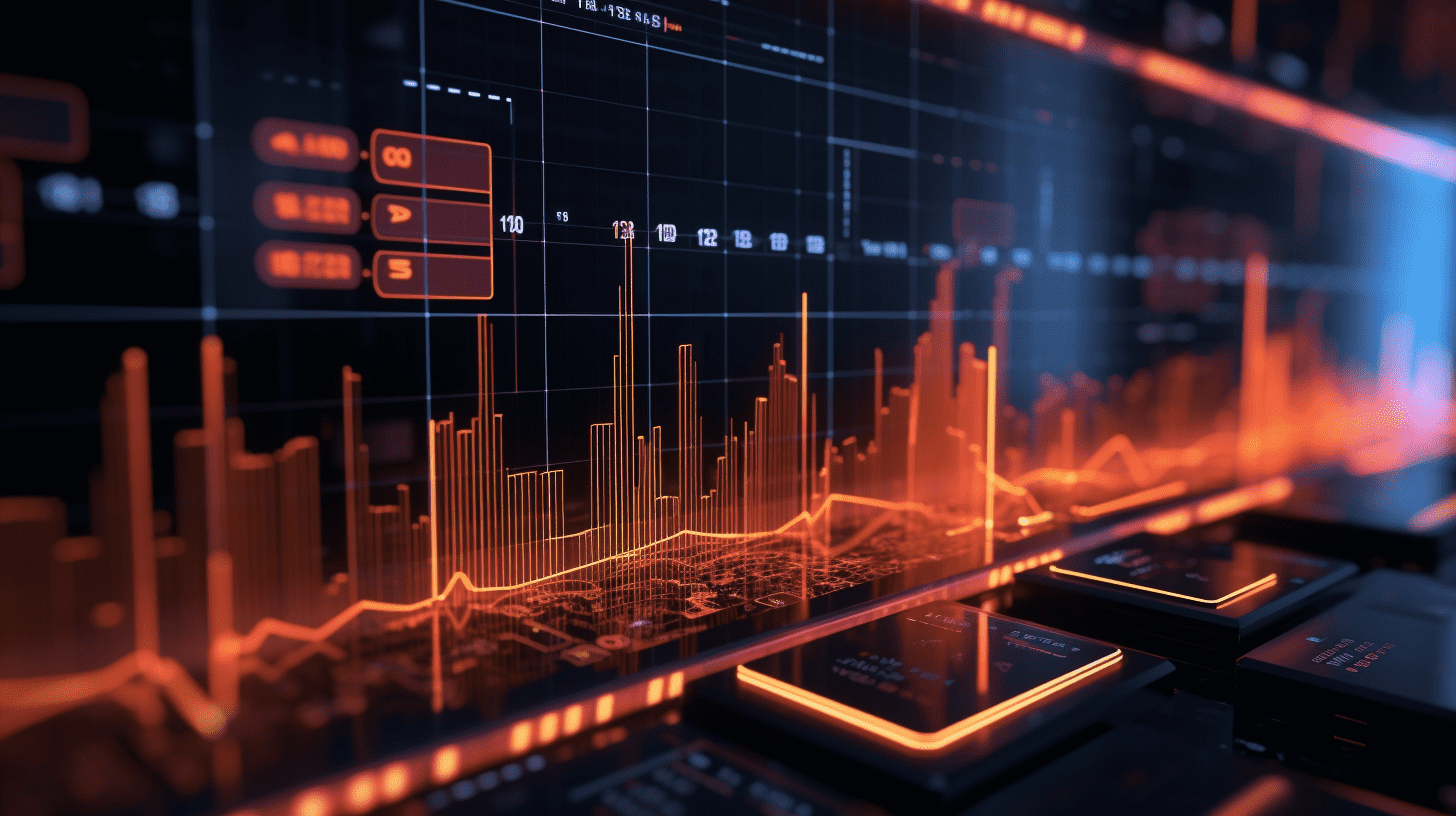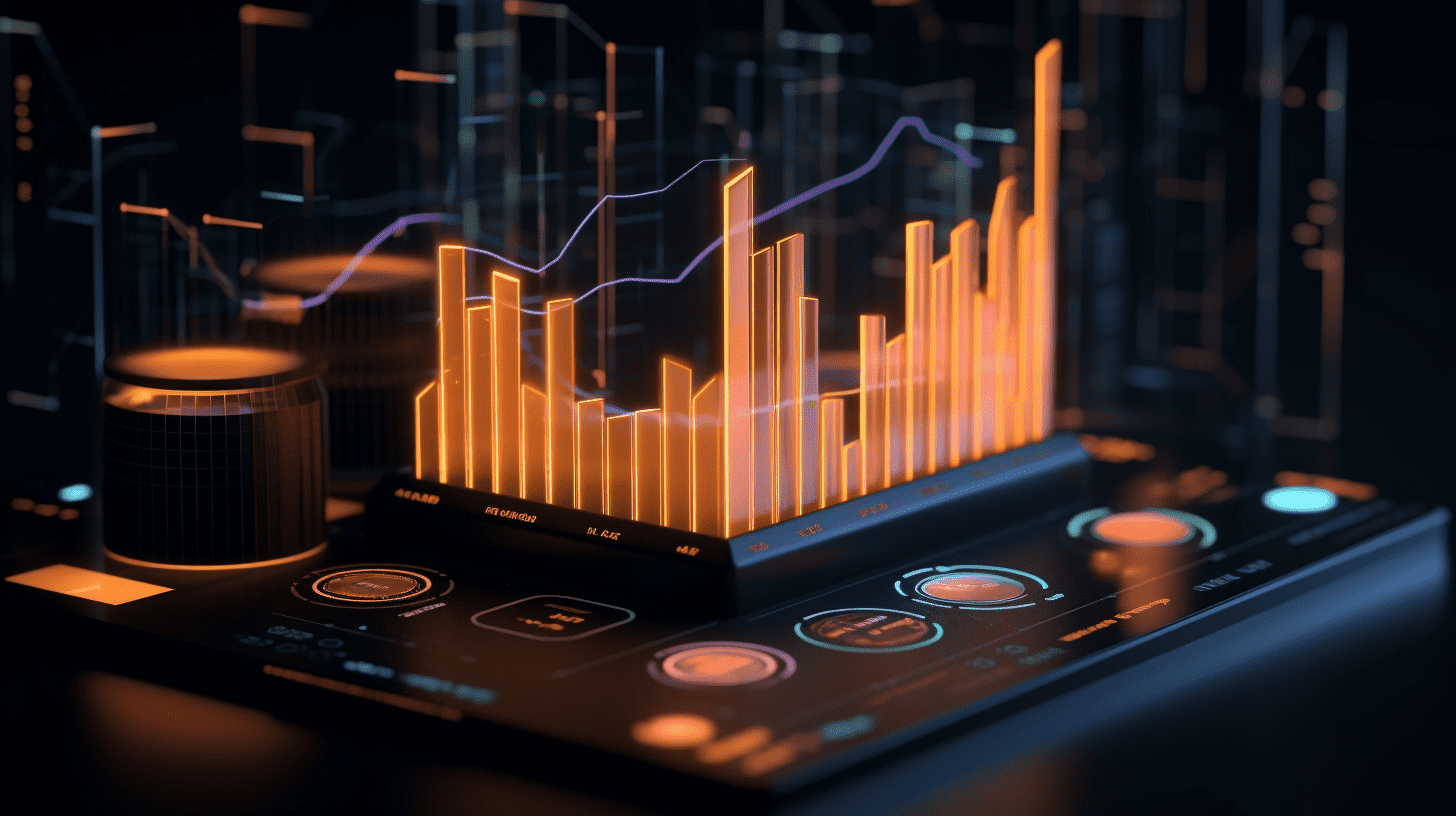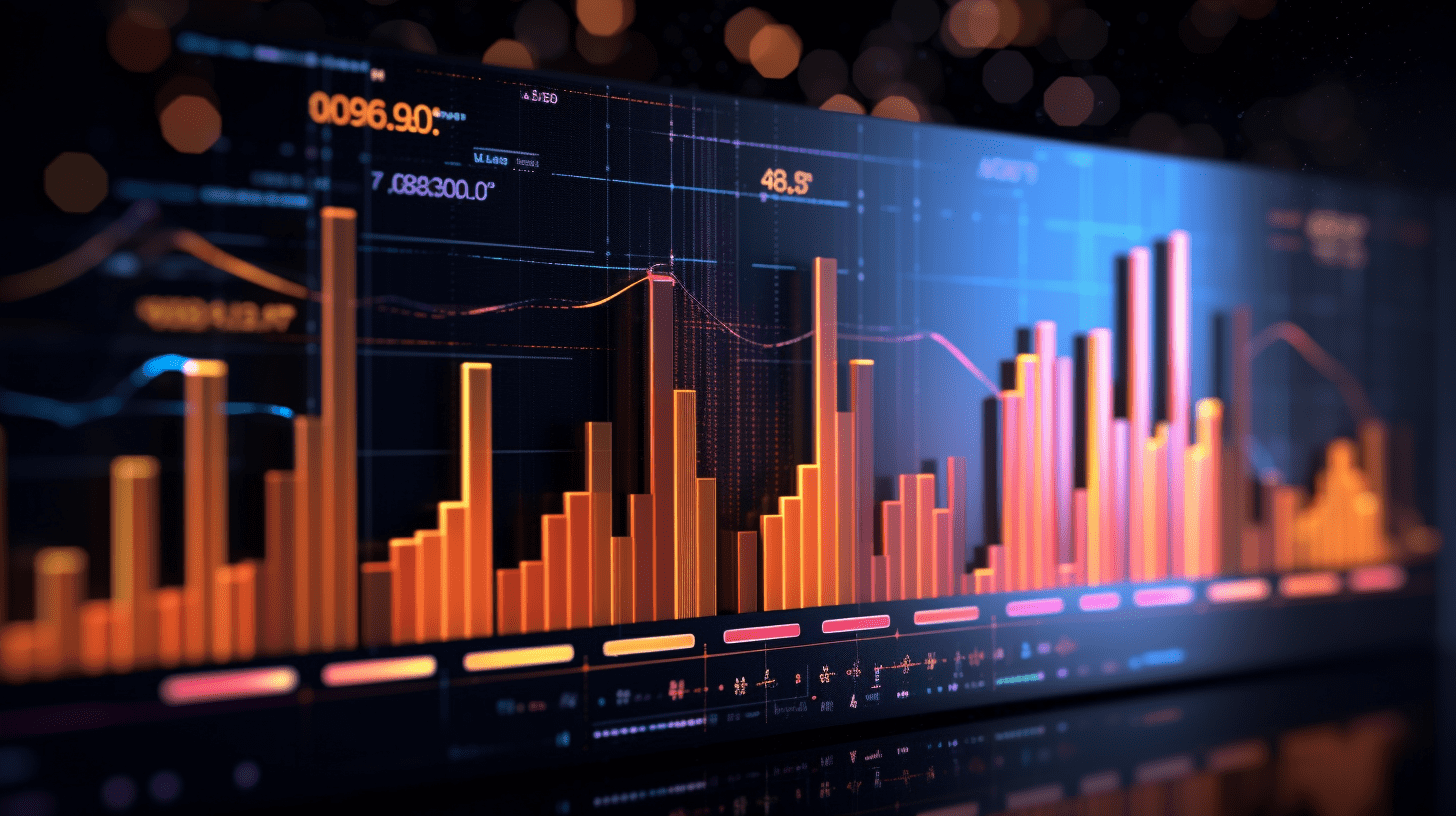Gold bets for 15 years, Paulson wins big. He didn't buy gold bars, but bought gold mines.
As early as when the price of gold was around $900 per ounce, Paulson had heavily bought into gold mining stocks, including Perpetua Resources, Agnico Eagle Mines, and International Tower Hill Mines, some of which had accumulated gains of over 30% last year. Paulson believes that as the price of gold rises, the profits of mining companies will double, while mining costs are relatively fixed, so even if the price of gold falls, there is still room for profitability.
Fifteen years after making a name for himself by shorting the US real estate market, hedge fund tycoon and billionaire Paulson is celebrating another major victory with his long-term bet on gold.
According to media reports, Paulson began betting big on gold when the price was around $900 per ounce. His gold investment strategy involves holding derivative positions in gold rather than physical gold, with the main investment channel being gold mining companies.
Reports indicate that most of Paulson's bets are now concentrated on emerging mining companies. Through Paulson & Co., he holds stakes in companies such as Perpetua Resources, Agnico Eagle Mines, and International Tower Hill Mines.
Marcelo Kim, a partner at Paulson's investment firm responsible for gold investments, revealed to the media that Paulson's current investment value in publicly listed mining companies is around $840 million. As of the data reported to US regulatory agencies in December last year, all eight mining stocks held by Paulson recorded gains, with several of them rising by over 30%.
Gold mining stocks quietly make a fortune
According to Paulson, gold is a reliable hedge against various impacts such as inflation, war, disasters, and currency depreciation. It is the only reserve that can provide protection in physical form for thousands of years, and he even once offered investors a hedge fund strategy based on gold valuation.
Paulson believes that as the price of gold rises, mining companies' profits will multiply, and mining costs are relatively fixed, providing profit potential even if the gold price falls:
"We have indeed shifted focus to mining development, as this is where you can get the highest returns. You can get high returns without the need for the gold price to rise."
During the 2007 US subprime crisis, Paulson made $3.7 billion by shorting real estate and the stock market, earning fame and being hailed as "the greatest trader in the world."
$800 million bet on Alaska's "monster" gold mine
To further escalate his bet, Paulson did not choose to cash out but instead chose to "double down."
Recent reports state that he recently teamed up with another gold advocate and chairman of exploration company NovaGold Resources, Thomas Kaplan, to agree to purchase a 50% stake in the Alaska Donlin project from Barrick Gold for $1 billion. Paulson contributed $800 million for a 40% interest in the mine.
Paulson is eyeing the enormous potential of the Donlin mine. This undeveloped high-grade gold mine is estimated to contain 39 million ounces of gold, equivalent to about a quarter of the reserves at Knox's. Paulson has high hopes for it, calling it an "asset monster that will last for over 50 years."
However, the Donlin project faces significant challenges and a lengthy development period. A 2021 technical report shows that the initial capital cost of the project is around $7.4 billion, with an additional $1.7 billion needed throughout its lifecycle.
Information from the Alaska Department of Natural Resources indicates that a 30-mile road may need to be built to the nearest port and a natural gas pipeline. The mine is located on indigenous land, and the nearest populated area is a small village called Crooked Creek.
Industry analysts suggest that even if everything goes according to plan, the mine may not start producing gold until the early 2030s.
This means that Paulson's massive investment will require continuous investment in the coming years or even more than a decade, and will have to bear multiple risks such as project development, environmental approval, infrastructure support, and gold price fluctuations to realize the potential value of his "monster" asset.
This article was republished from "Wall Street Seen" by Li Xiaoyin; translated and edited by Liu Jiayin.
Related Articles

The Dallas Federal Reserve's manufacturing survey collapsed! The business activity index fell to its lowest level since 2020.

US Treasury Secretary Besent: Many countries are proposing "very good" solutions to tariffs issues, and the US-India trade agreement may be the first to be reached.

The U.S. Treasury Department has significantly raised its borrowing expectations for this quarter, far exceeding market expectations.
The Dallas Federal Reserve's manufacturing survey collapsed! The business activity index fell to its lowest level since 2020.

US Treasury Secretary Besent: Many countries are proposing "very good" solutions to tariffs issues, and the US-India trade agreement may be the first to be reached.

The U.S. Treasury Department has significantly raised its borrowing expectations for this quarter, far exceeding market expectations.

RECOMMEND
.png)
Super week is coming! Non-farm payrolls clash with tech giants' financial reports. Can the rebound momentum in the US stock market continue?
28/04/2025

Options market warns of a bearish reversal, is the gold bull market myth cracking?
28/04/2025

Ministry of Commerce and 5 other departments: Lowering the departure tax refund starting point to optimize departure tax refund payment services.
27/04/2025


